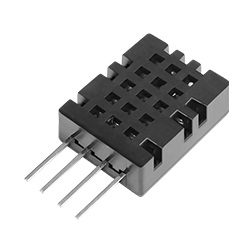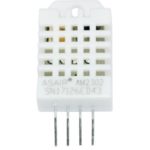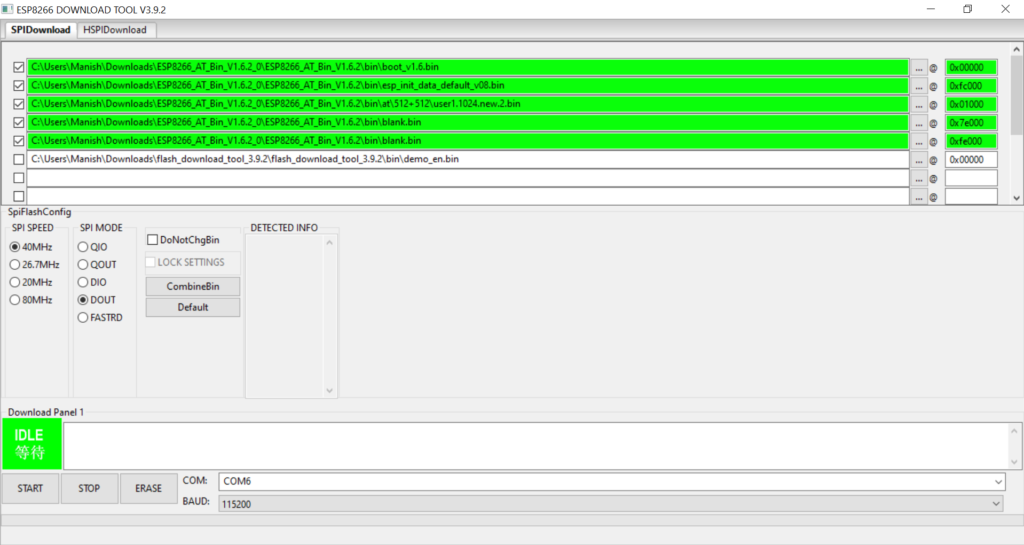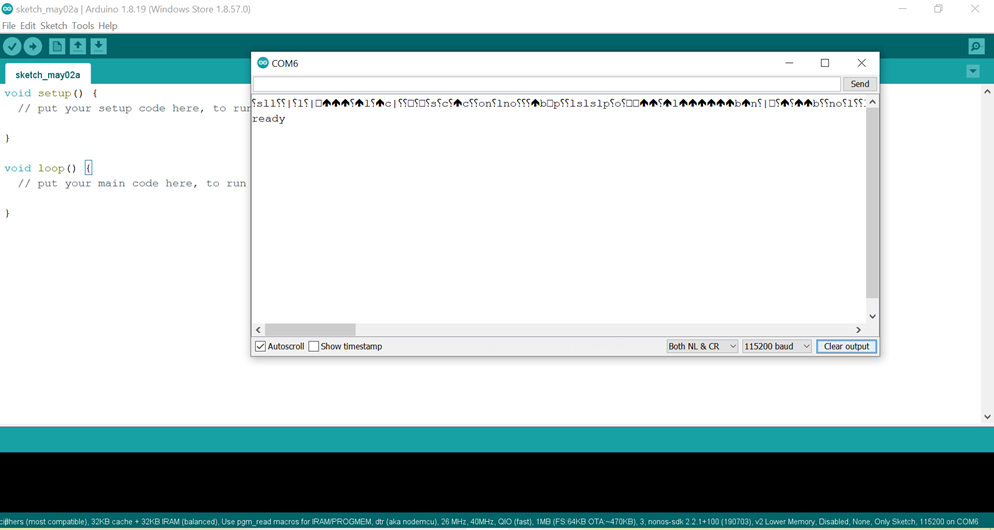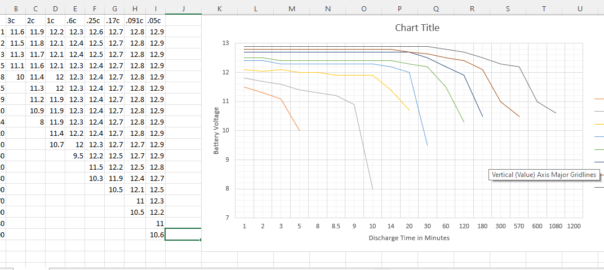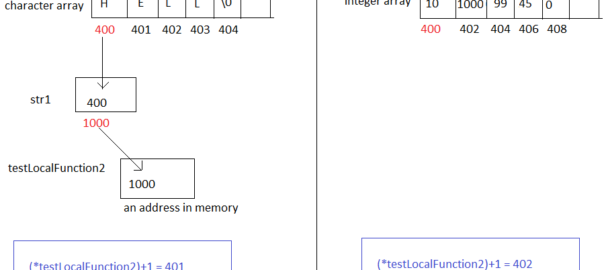The capacity of the system depends on the load or electrical devices that will be run. Below is guide to help calculating the panel’s wattage and battery capacity.
First thing to decide if you want to go for offline or online system. In offline system the load is totally run by solar power and only solar power. In online system grid power (or electricity supply) is used if needed.
Setting up an offline system will be costly as it will need to generate enough power to run the load and charge batteries enough to run the load throughout the night. And if cloudy days are to be considered then it will be even more. It may not be cost effective to setup an offline system that will power in rainy seasons. It will be better to keep some fossil fuel based generators.
With online systems power can be supplemented by the grid if needed, say during rainy season. Also if the power supply company has provisions, then excess power generated can be sent back to grid and thus reducing the electricity charges.
There are some considerations to be made
- The max power of the panels are generated only a few hours a day.
- Normally I assume 5 hours of sun (effective sun) as beyond those hours sun is not very strong. Even for those 5 hours the sun doesn’t shine full or straight on the panels.
- The panels performs best if they are arranged facing south.
- The inclination should be equal to the latitude of the place.
- There will be cloudy days.
- Winter has less sun power and may have fog and mist.
- Battery backup time depends on the battery capacity and current drawn. You can view this article (Exide Battery EP Plus Series (AGM VRLA) Discharge Pattern) to understand the discharge patterns of Lead acid batteries. Though the pattern varies from battery type (sealed, gel, flooded) and manufacturers but this will give an idea on the battery current drawn and backup time.
Now how to calculate the panel and battery size. Below I am showing calculations for offline system. And to keep it simple I am assuming same load throughout the day.
Suppose I want to run a 100 watt load for 24 hours on solar power. Like mentioned in point 2 above, full sun or effective sun is available for 5 hours only in a day. During this 5 hours the panels will have to run the system and charge the batteries. And it will need quite a bit of charging as this 5 hours of charging will have to run the system for 19 more hours.
So, 19hrs x 100 watts = 1900 watt hours. Rounding off to 2000 watt hours
To store 2000 watt hours of power in battery in 5 hours we will need 400 watts panel. (Please note - higher wattage panels are often of 24 volts). Now besides the 400 watts we will also need 100 watts to power the system when the sun is up and the batteries are charging.
So for the 100 watts system to be run 24×7 on solar we will need panels of 500 watts minimum. A little higher wattage is desirable as high temperatures / hot weather reduces the output of panels. So in very hot summer the panel’s output will fall a bit. Also there will be dust accumulation – which affects very little but it does and we will not clean the panels everyday.
Now the battery or batteries. I prefer using as few batteries as possible to avoid the monitoring of the multiple cells.
As most high wattage panels are of 24 volts so I am doing the calculations for 24 volts battery
2000 watts hour / 24 volts = 83 amps hour that is. Exact 83 AH battery might not be available so take the next higher.
For battery also little higher capacity is preferred as batteries tend to give less power in higher temperatures. Please keep in mind that you will need to increase panel power also to charge the higher battery capacity. It may sound a little complicated but it will be easy if you first determine the minimum battery size you need and then add some margin to it (say instead of 83 AH I will take a 100 AH battery) and then calculate back the panel you will need to charge that battery. Like the same system above with a 100 AH battery will need a 580 watts panel. (24v x 100 AH = 2400 watts hour. 2400 watts hour / 5 hours = 480 watts. 480 watts battery + 100 watts load = 580 watts)
